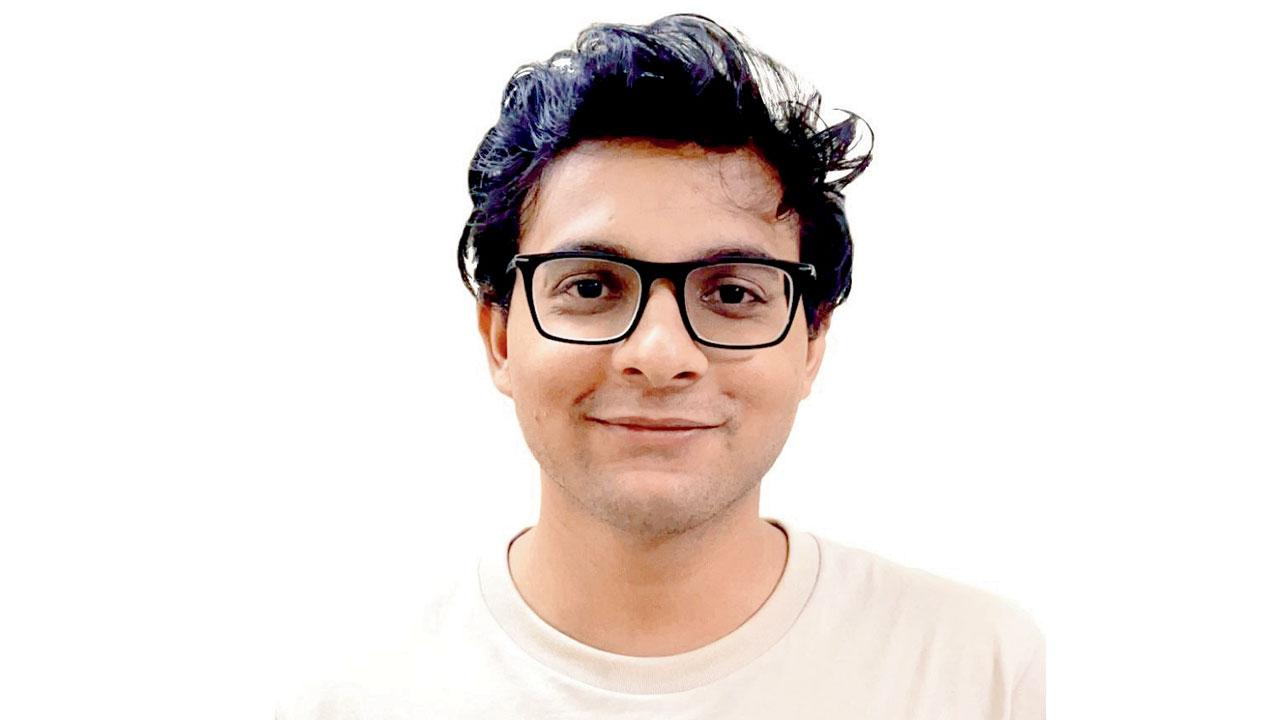As a recent social media stunt by Poonam Pandey reveals the risks of misinformation in the country, cyber experts share their fact-checking tips and tricks

Representation Pic
Coming back from the grave, taking on someone’s entire identity, and cloning everything from facial features to voices. What sounds like something right out of a sci-fi novel is now the reality we live with. Influencer and model Poonam Pandey’s recent death scare served as an apt reminder of how the best of us can fall prey to misinformation on the Internet. The alarming reminder came right in time after a report by the World Economic Forum last month revealed that India ranks No. 1 in facing the highest risk of misinformation and disinformation in the world. Cyber security experts and investigators share how you can call a bluff the next time something sounds too good to be true.

Poonam Pandey in the video announcing her return. Pic Courtesy/Instagram
ADVERTISEMENT
Pause to reflect
In an age where people hit the share button in the blink of an eye, cyber-crime investigator Ritesh Bhatia suggests taking a moment to practise a basic check called the POV check. “The first step, P, is to pause. Just like you would spend some time gauging the credibility of someone who knocks at your door, pause to understand why a certain post showed up on your feed,” he shares.

Kalim Ahmed
Kalim Ahmed, digital investigator, agrees. “It’s important to be aware of your own biases. Sometimes, social media can be an echo chamber. If a post triggers an emotion in you, that’s your cue to sit down and dissect it before sharing,” he notes. Bhatia tells us that the O stands for a zero-trust policy to be adopted before moving to V — verification. “It is unfortunate, but always wise to approach any post with suspicion. If you spot something amiss, it’s best to deem it untrue and ignore it if you do not have the time and resources to verify it,” he adds.
Verify like a pro
Ahmed shares that the first step is to spot discrepancies between the context and the content. He shares an example, “We have been seeing a lot of videos around armed conflicts lately. Take some time out to read about the geographic characteristics, the signs and symbols used, and the languages spoken. No tool can be as useful as being informed.”

Senior citizens must consult someone familiar with the Internet before clicking on suspicious links
The investigator shares a peek into his process of reverse-checking visual content. “You can begin by taking screenshots of the picture you received or five clear frames from a video. The next step is to upload these to reverse-image checking websites,” he reveals. While most of us are aware of Google’s reverse image search, Ahmed suggests lesser-known tools like Baidu, TinEye, and Yandex that can cross-check with a wider sample in some cases. “The tool scans the internet for visually similar content. You can scroll through the results to find the oldest mention, and in most cases that will lead you to the true source,” he reveals.
Heads up from the experts
Over telephonic calls, the experts warn us of the evolving and complex methodologies perpetrators have up their sleeves today. Bhatia informs us of a growing trend of victims receiving messages from individuals posing as police or customs officers. “The natural reaction of any law-abiding citizen, driven by fear, is to conform. But one must remember that no government official will ever drop you a message and demand payments.”

Ritesh Bhatia
Ahmed points out how AI voice-changing tools can now be used to mimic the voice of a close contact of the victim. “You might receive a voice-note tomorrow, claiming your friend has been in an accident, and requires money. The speaker might even sound exactly like your friend.” The experts unanimously suggest a real-life two factor authentication. “Call them back on their personal number, call mutual friends or family to verify if such claims are true. Do not make decisions in haste.”
The way ahead
If the recent developments around Pandey’s death scare reveal anything, it’s that the best of us can fall prey to misinformation. Nirali Bhatia, cyber psychologist, reveals why. “Content today is tailor-made to evoke a sense of curiosity. Flashy headlines, gossipy taglines and clickbait-y claims make it hard not to click on,” she shares.

Nirali Bhatia
The psychologist shares how individuals who fall for these scams and end up compromising their privacy and security must not hesitate while reaching out for help. “One cannot shift the blame onto victims. They need to be approached with empathy and guided through the concept of media literacy with some extent of hand-holding. There is no shame in asking for help from someone who understands the Internet better.”
 Subscribe today by clicking the link and stay updated with the latest news!" Click here!
Subscribe today by clicking the link and stay updated with the latest news!" Click here!








